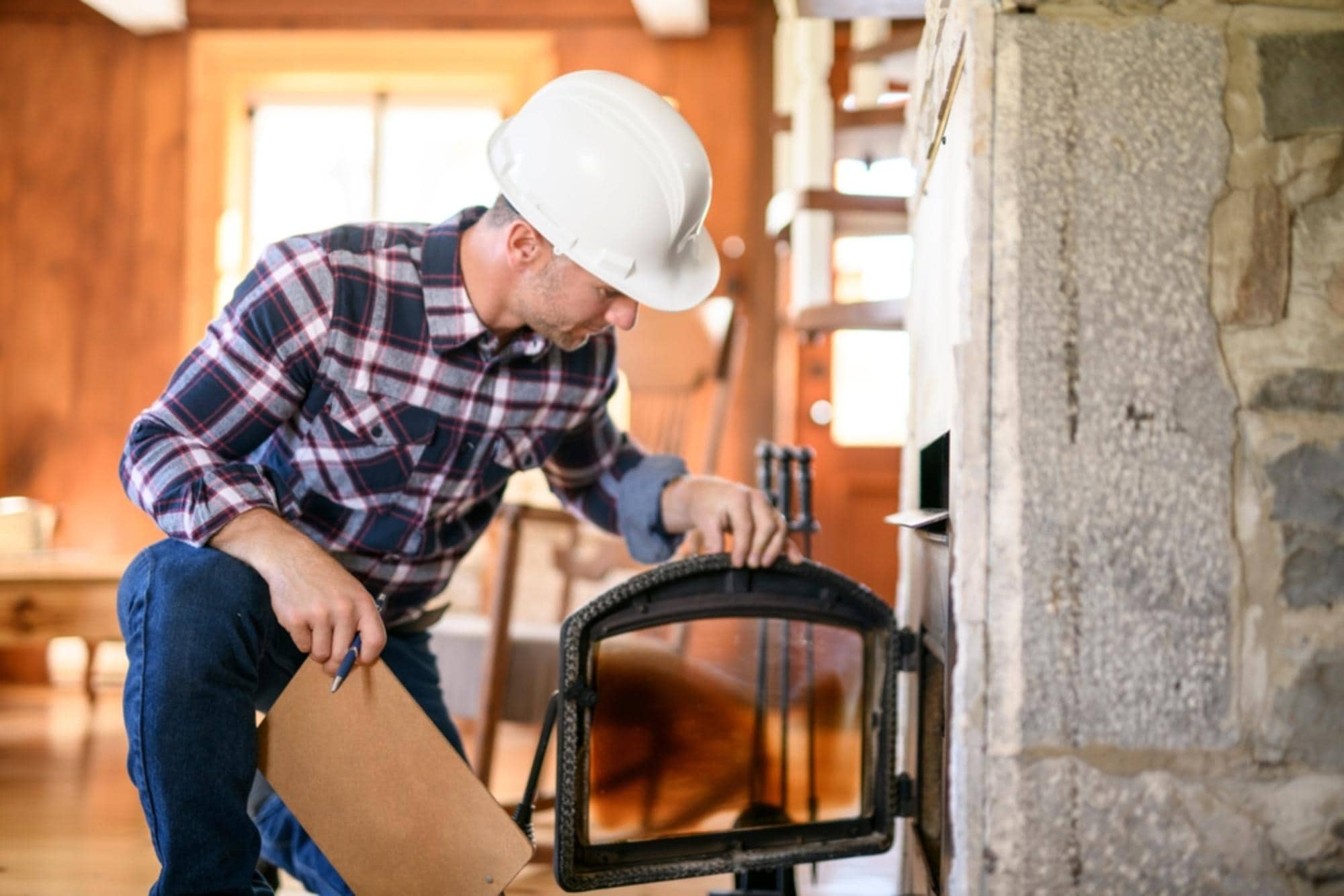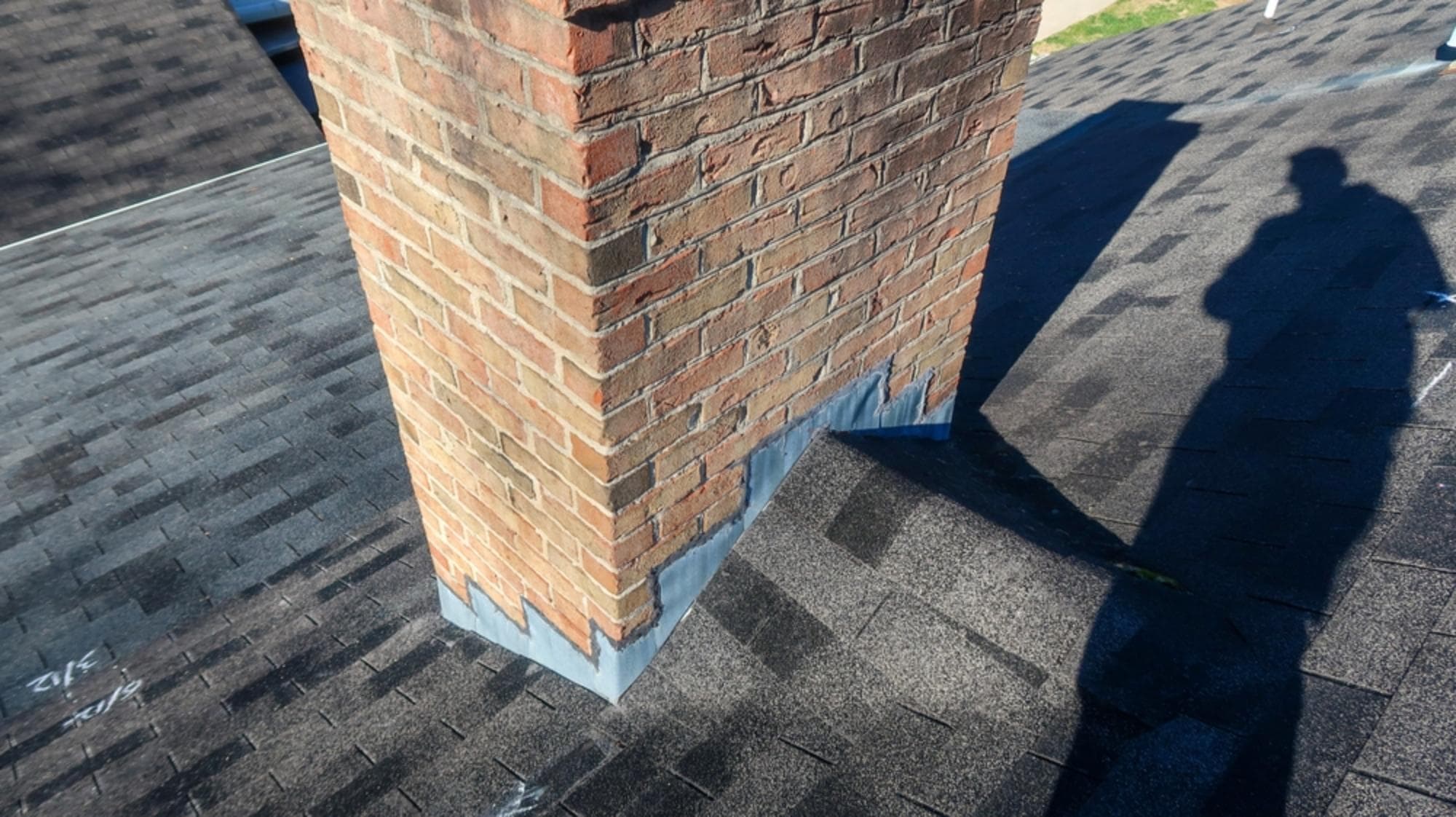Your chimney’s safety isn’t something you guess at—it’s something you know for certain through professional inspection.

Hear from Our Customers

When your chimney inspection is complete, you’ll know exactly where you stand. No guessing about creosote buildup, structural integrity, or safety risks.
You get a clear picture of your chimney’s condition, written documentation of any issues, and straightforward recommendations for next steps. If everything checks out, you can use your fireplace with confidence. If repairs are needed, you’ll know exactly what’s required and why.
This isn’t about finding problems where none exist—it’s about giving you the facts so you can make informed decisions about your home’s safety.
We’ve been serving Bristol County homeowners for over two decades. Our CSIA-certified technicians understand how New England weather affects chimney systems, from the way coastal moisture impacts brickwork to the specific creosote patterns that develop from burning local hardwoods.
We’re not the company that rushes through inspections or pushes unnecessary services. We take the time to do thorough work, protect your home during the process, and explain our findings in plain language.
Every inspection includes detailed documentation, and we answer your questions until you’re completely clear on your chimney’s condition.

We start by protecting your home with drop cloths and setting up our HEPA-filtered vacuum systems. Then we conduct a comprehensive visual inspection of your chimney’s exterior, checking the crown, cap, flashing, and masonry for any signs of damage or wear.
Inside, we examine the firebox, damper, and flue liner, looking for cracks, deterioration, or dangerous creosote buildup. We check clearances, test damper operation, and assess the overall structural integrity of your chimney system.
Throughout the inspection, we document our findings with photos and detailed notes. When we’re finished, we sit down with you to review everything we found, explain any issues in straightforward terms, and provide written recommendations for maintenance or repairs.

Ready to get started?
Your chimney inspection covers every component that affects safety and performance. We examine the chimney crown for cracks that could let water in, check the cap for proper fit and screen condition, and inspect flashing around the chimney base.
We assess the flue liner—whether it’s clay tile, stainless steel, or cast-in-place—for damage that could allow dangerous gases to escape into your home. The firebox gets checked for cracks in the back wall or floor, and we test damper operation to ensure proper sealing.
In Bristol County, we pay special attention to how coastal moisture affects masonry joints and metal components. We also look for the specific creosote patterns that develop from burning the hardwoods common to this area, ensuring nothing gets missed that could create a safety hazard.
